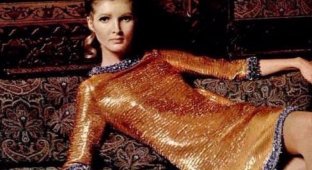How women's fashion has changed in Iran over the past 100 years (11 photos)
Fashion is constantly evolving to reflect the cultural and social changes taking place in society. A variety of styles can be seen in different regions of the world, reflecting local traditions, religious beliefs and international trends. For example, in Europe, fashion trends are bold and experimental. At the same time, in Asia, traditional elements are often combined with modern design solutions. And in Middle Eastern countries, style is closely related to cultural norms. For example, the entertainment portal “CUT” demonstrated how women’s fashion for makeup and hairstyles in Iran has changed over the past 100 years, starting in 1910.
1910s 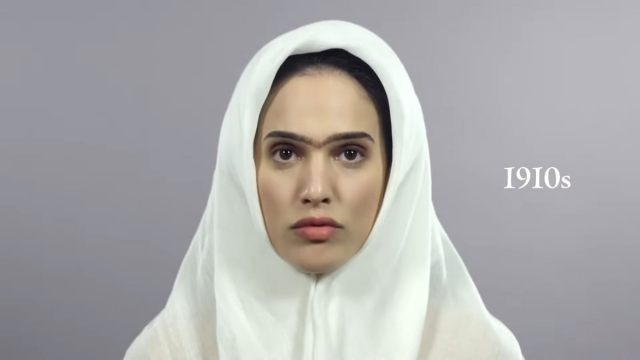
In the 1910s, women in Iran wore the hijab and veil, a national dress that involves covering the entire body. The main sign of beauty was wide, fused eyebrows.
1920s 
By 1920, a women's rights movement had developed in Iran, which was also reflected in the appearance of the fair sex. Wearing closed clothing has not been abandoned, but hijabs in bright colors have come into fashion.
1930s 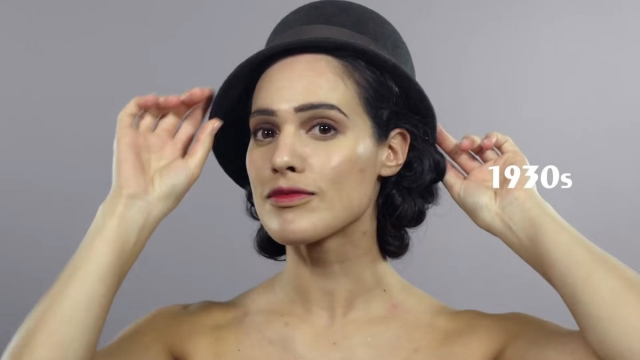
In 1935, a decree was issued in Iran to remove the veil. He allowed women to legally escape restrictions on their appearance. However, many were not ready to give up their national attire and continued to wear traditional attire.
1940s 
Already in 1940, the law on removing the veil ceased to apply. Thanks to this, women could independently choose a style that was convenient for them - modern or traditional. But during this period, the veil began to be considered the clothing of representatives of the lower class, and people began to abandon the attire more and more actively.
1950s 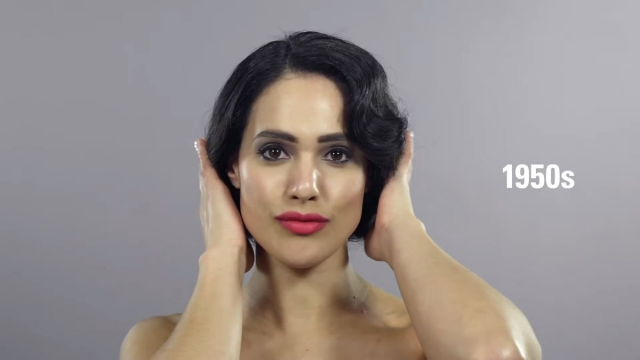
Not all women in the 1950s looked like the one shown above. During this period, the country observed a division of women into 2 camps: some continued to proudly wear the veil, while others began to focus on European fashion.
1960s 
In the 1960s, most of the country's population abandoned the veil. Only women with low income continued to wear the national dress.
1970s 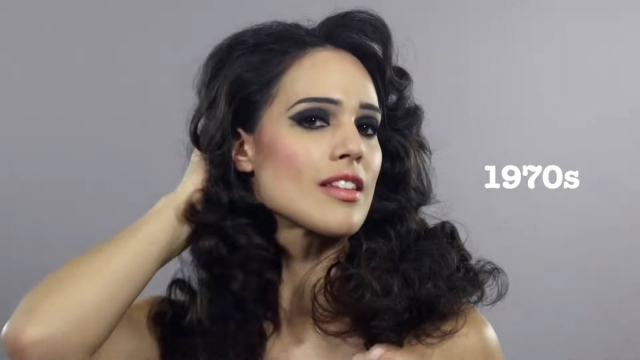
In the 1970s, Iranian women gained the legal right to divorce. The resulting freedom was also reflected in the style of the country's women. Women began to wear miniskirts, low-cut shirts and even open swimsuits.
1980s 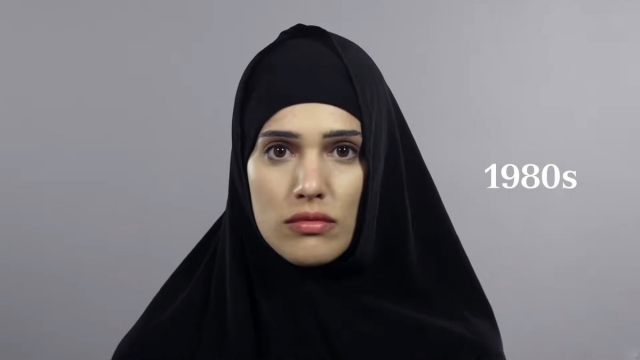
In 1980, the country experienced a Cultural Revolution. Women were again required to wear the hijab and veil. It was forbidden to leave the premises without traditional attire. The hijab became a sign of chastity; wearing ordinary clothes was strictly condemned.
1990s 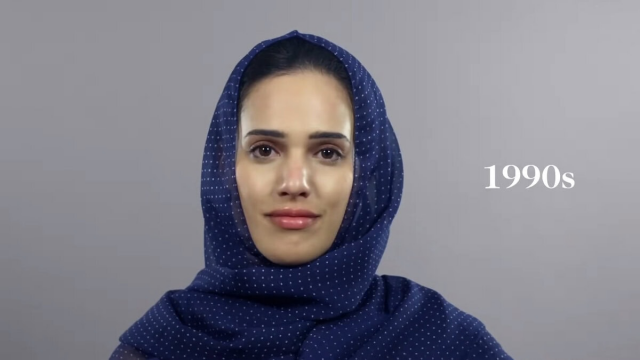
It was only in the 90s that women were allowed to wear hijabs of different colors.
2000s 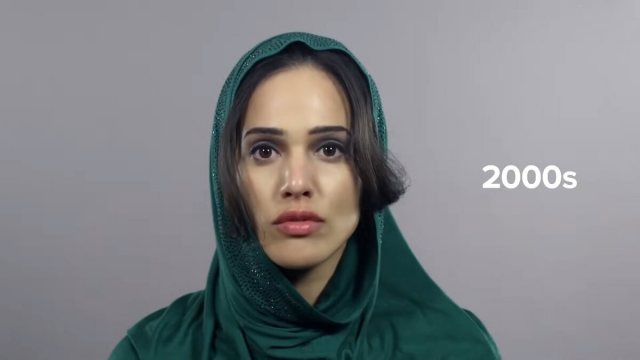
In the 2000s, Iranian women were able to have strands of hair peek out a little from under their veils.
2010s 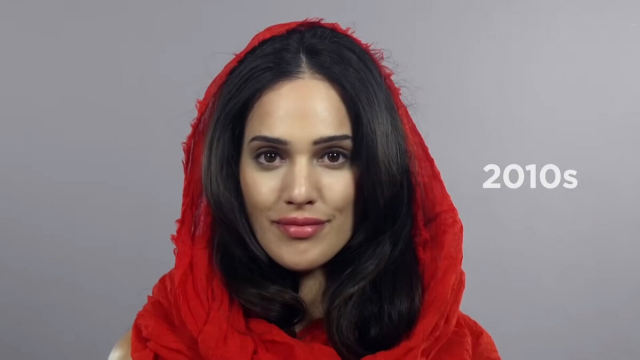
Since 2010, the way of dressing in Iran has become much more relaxed. Today on the streets of the country you can see women in ordinary European clothes (though hiding exposed areas of the body). Only the tradition of wearing a headscarf has remained unchanged.












